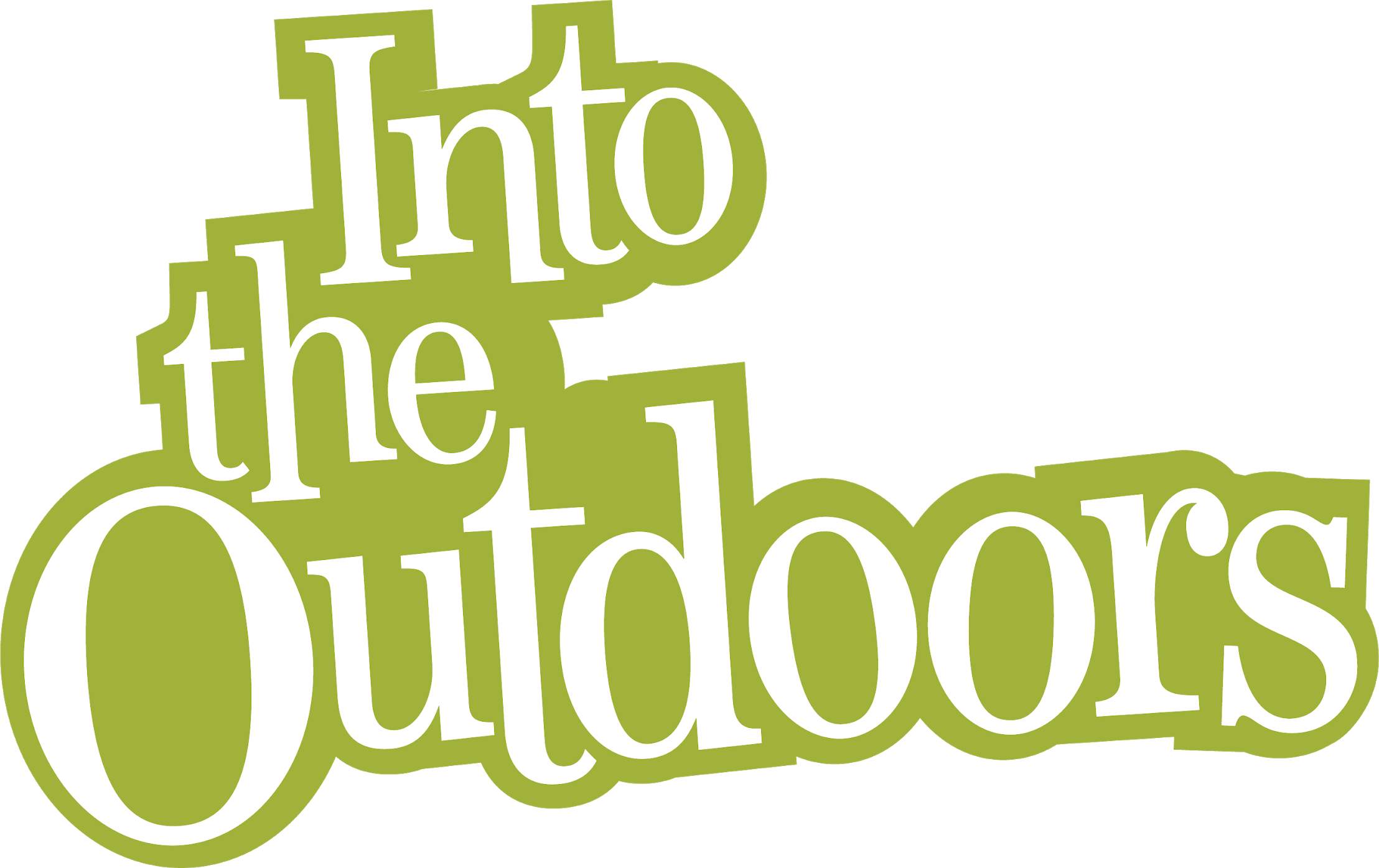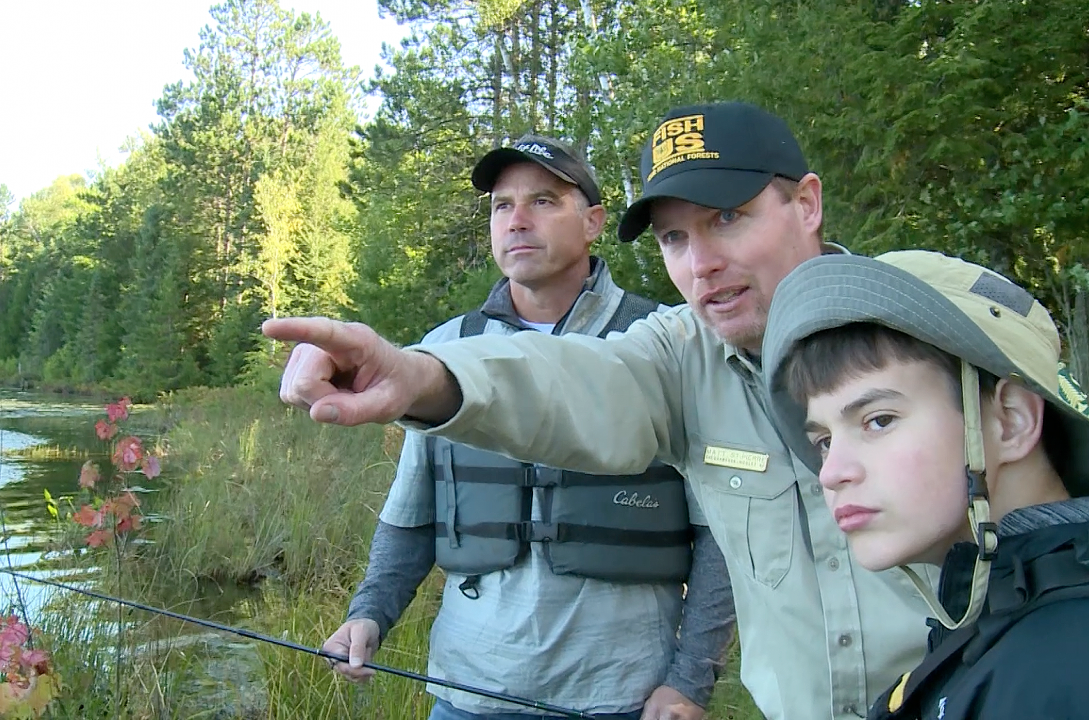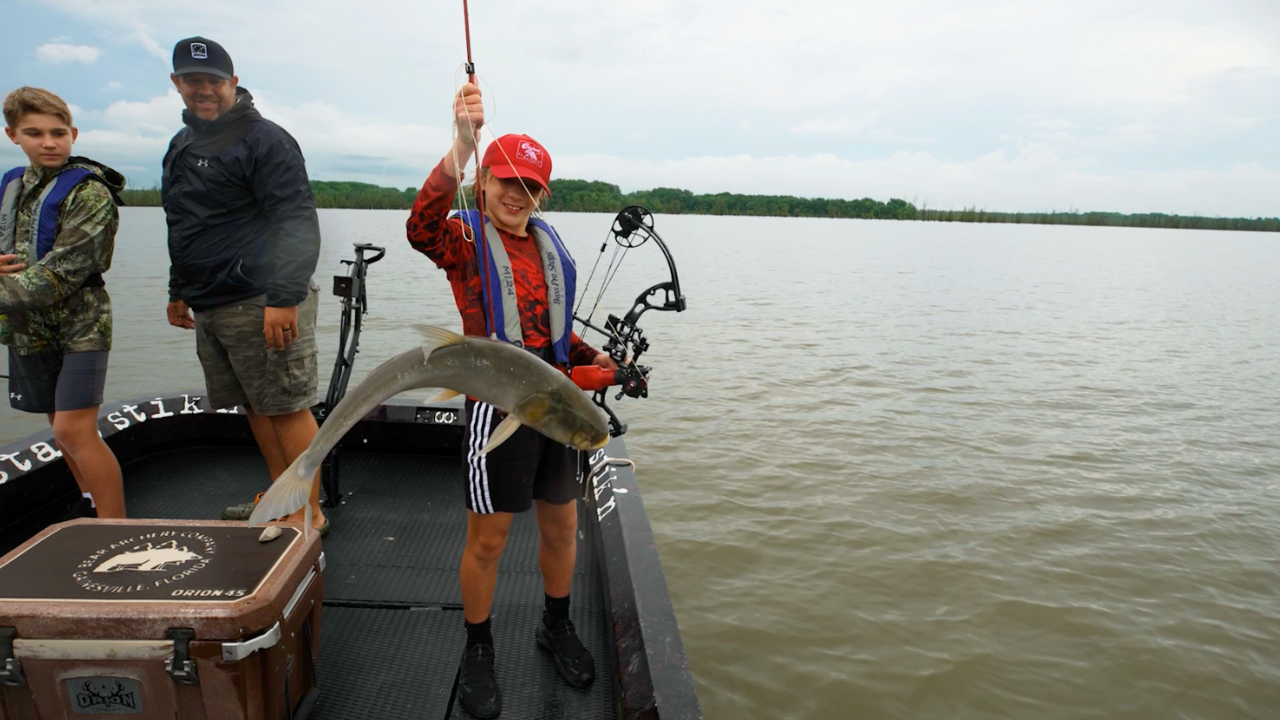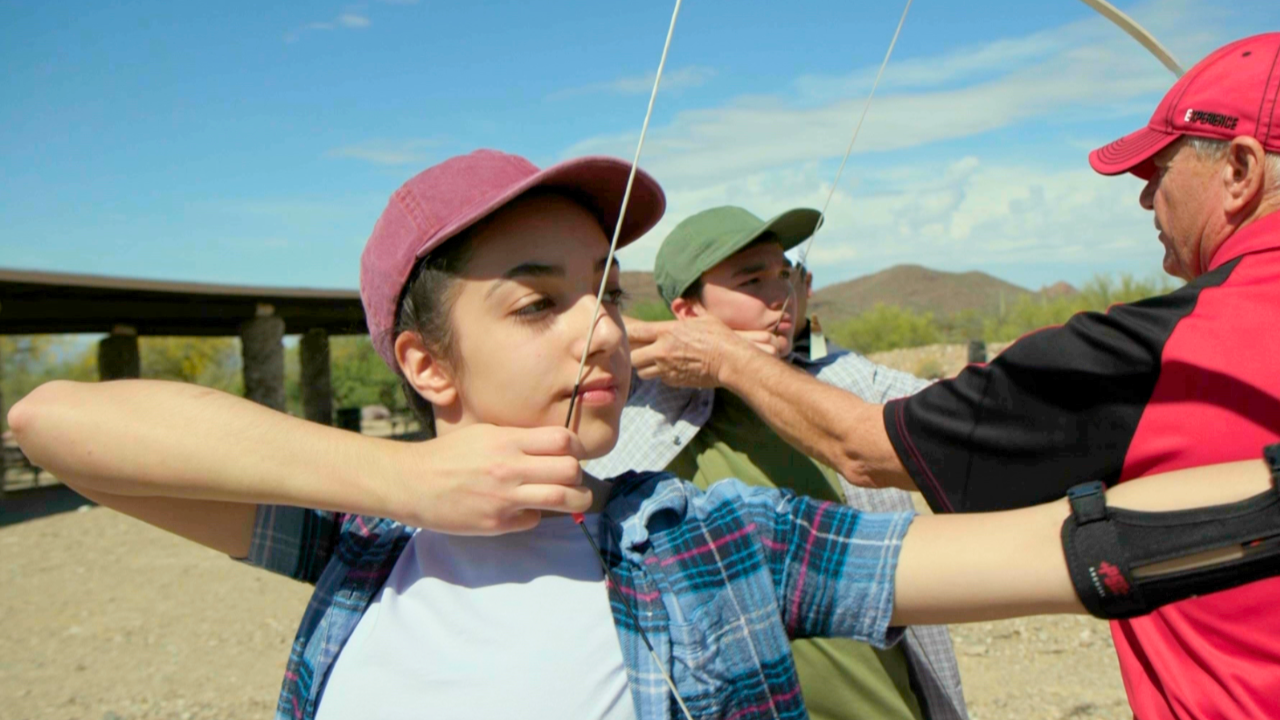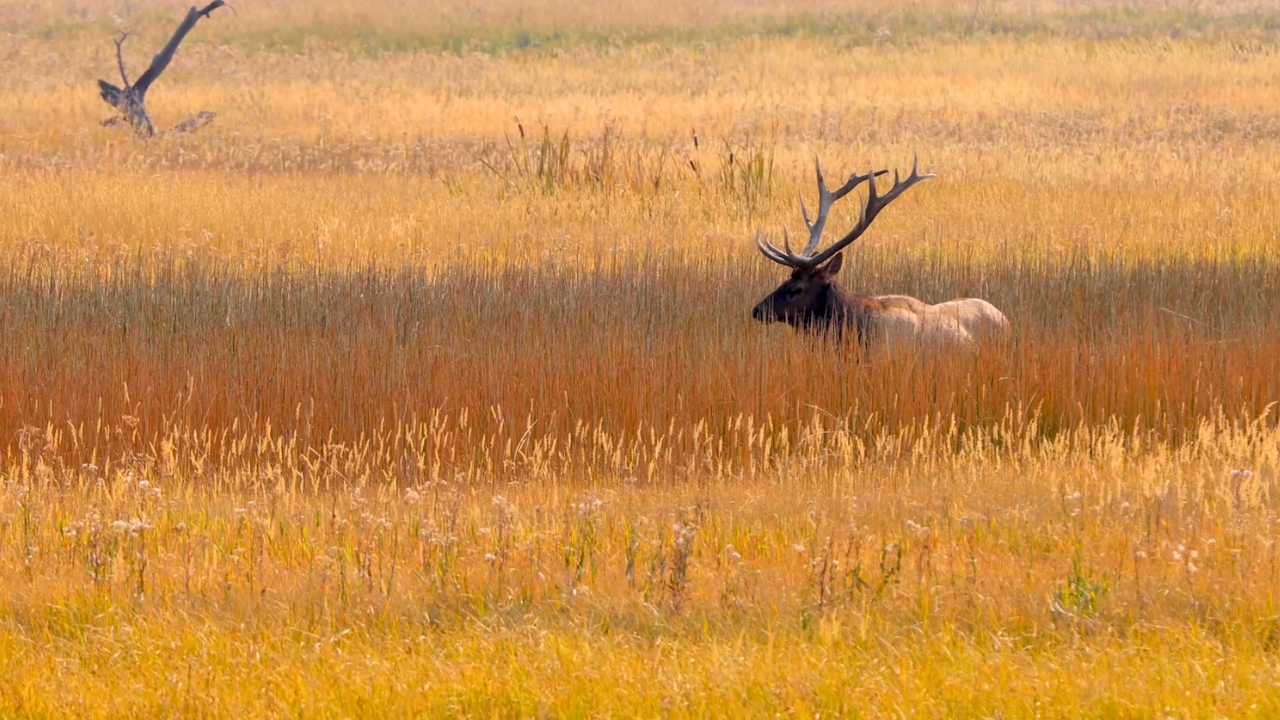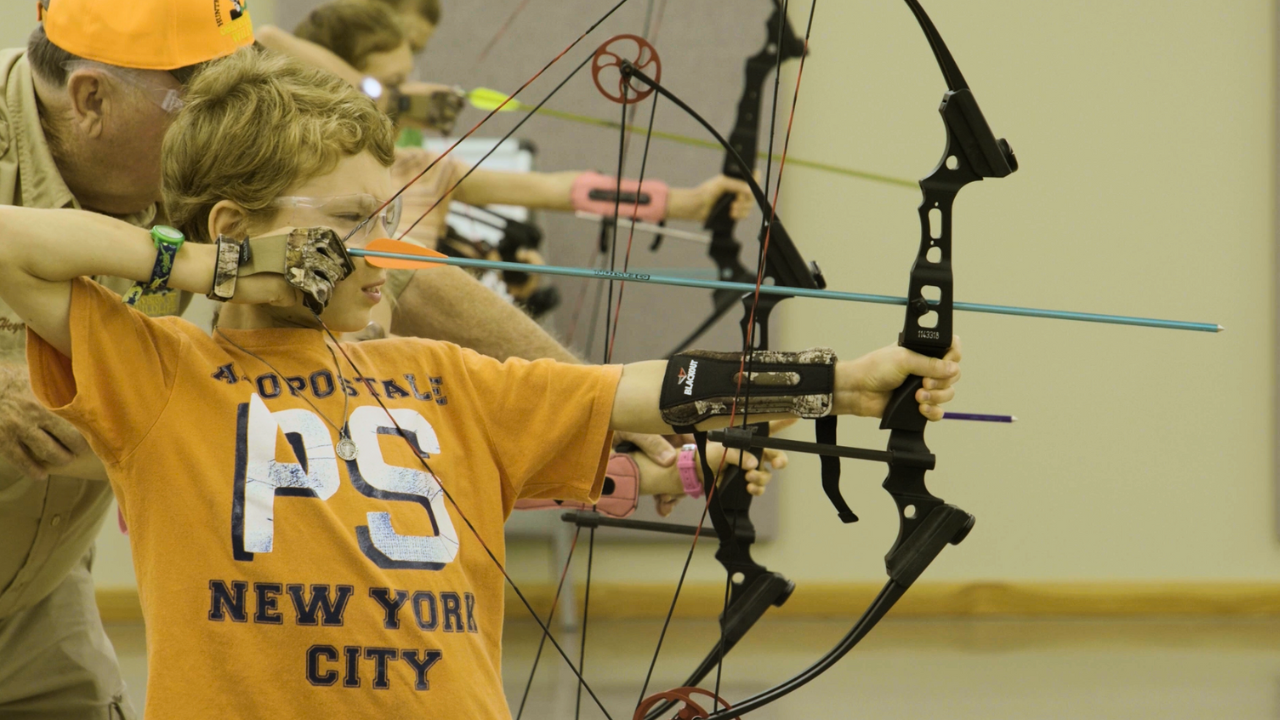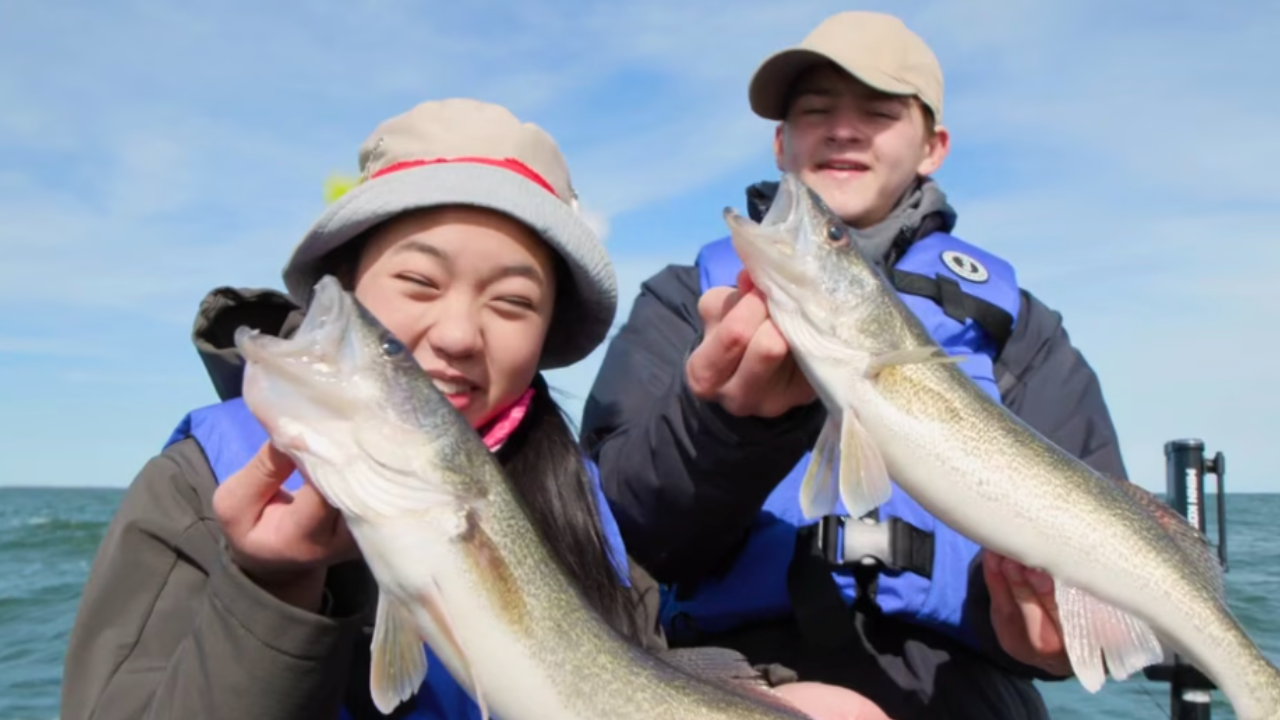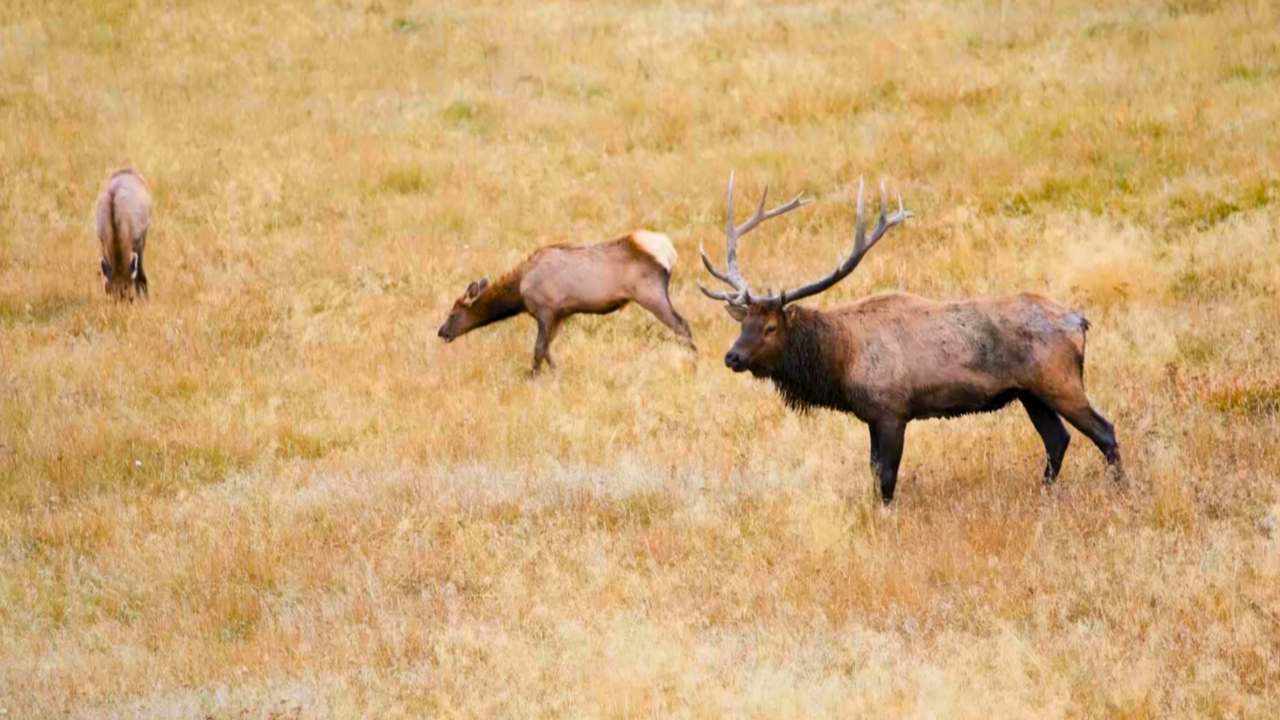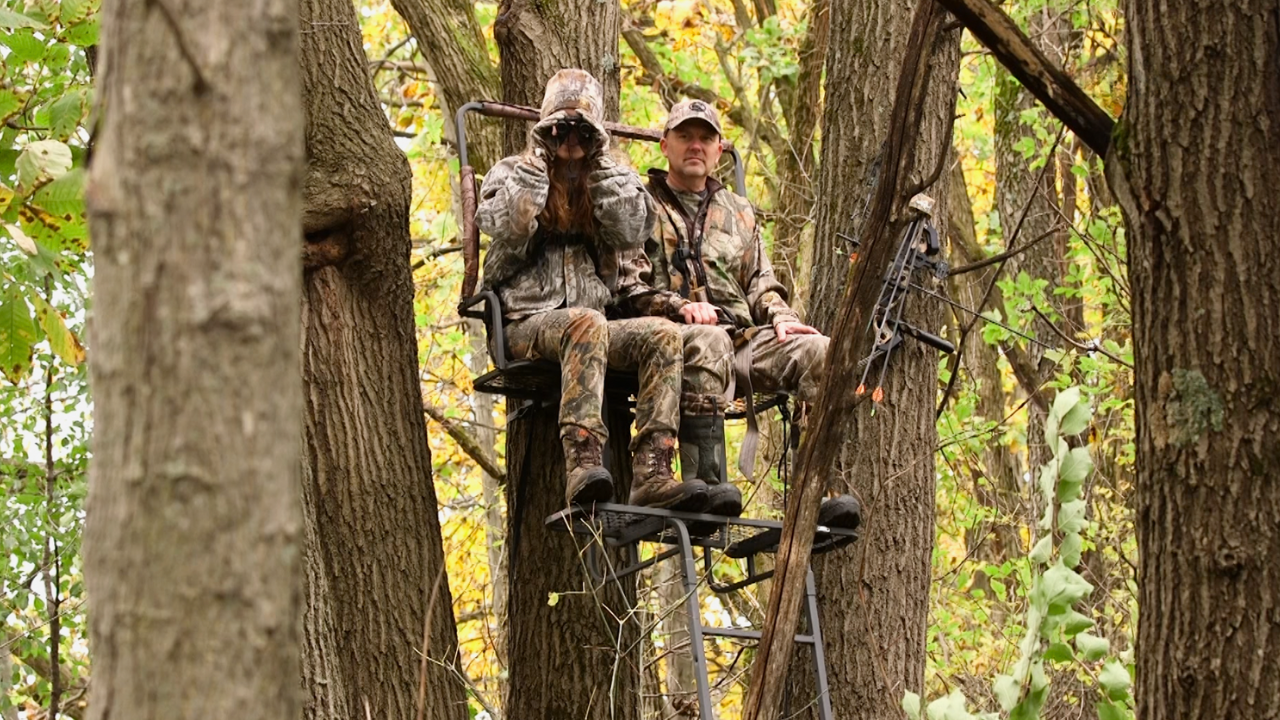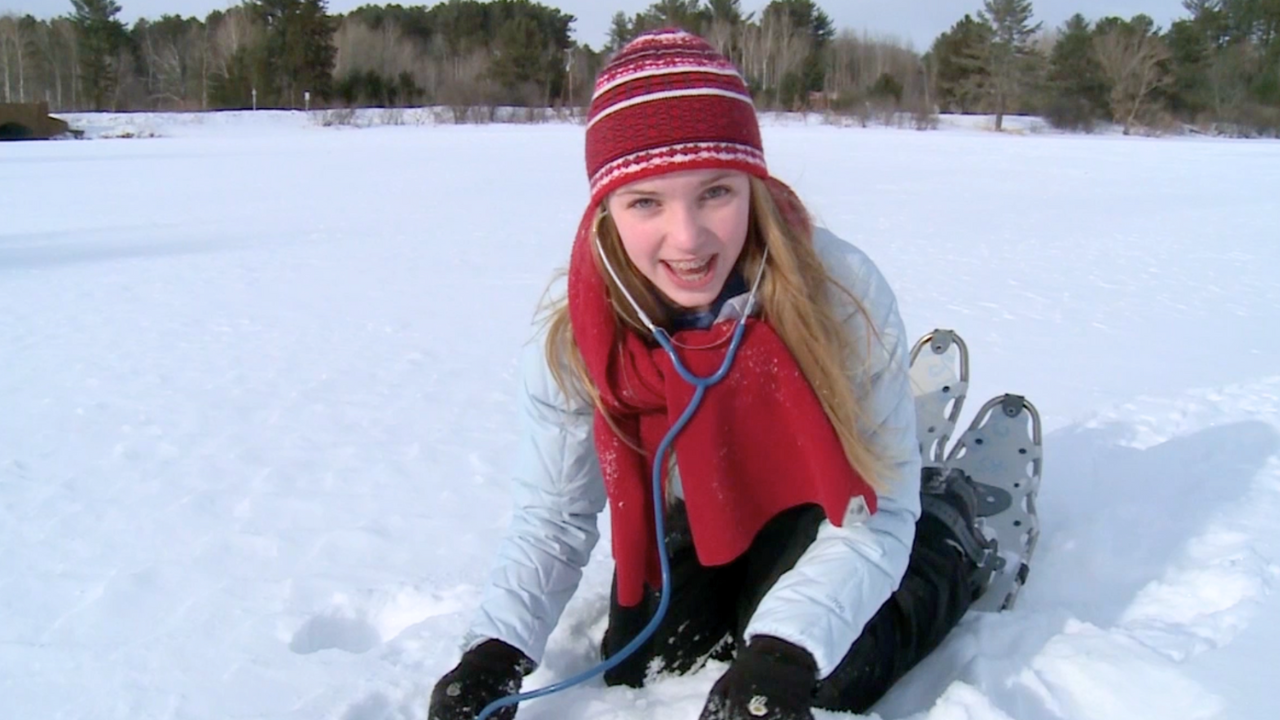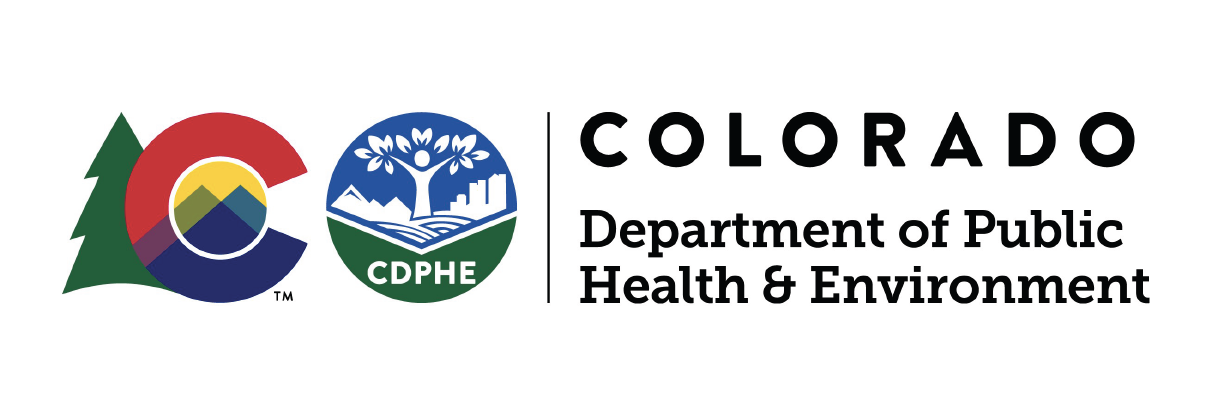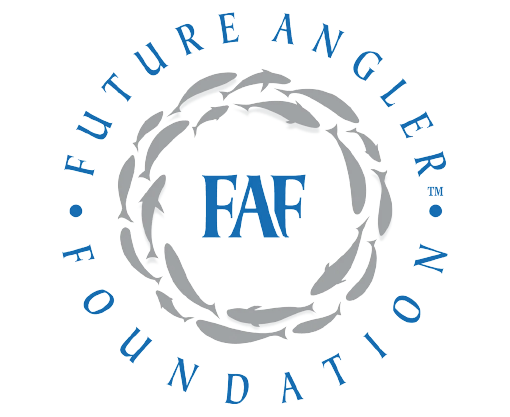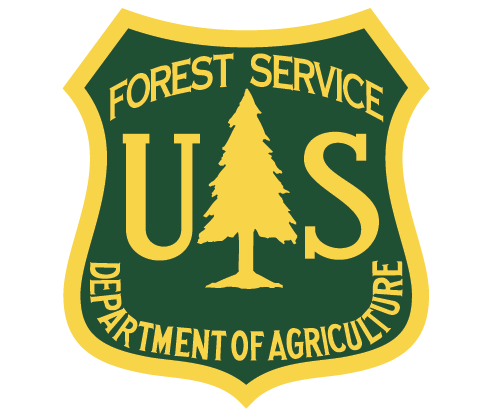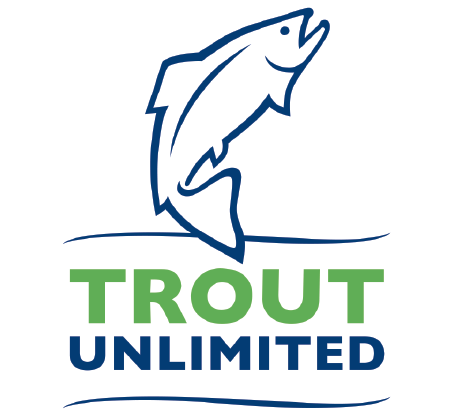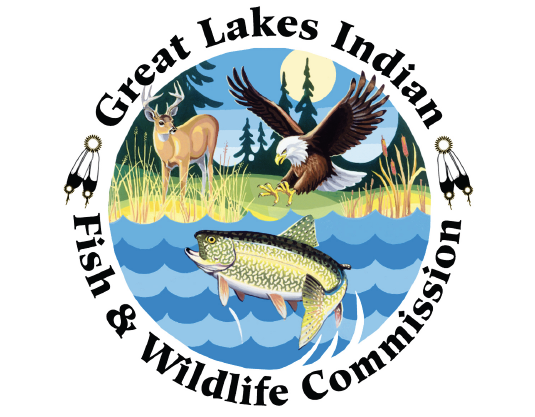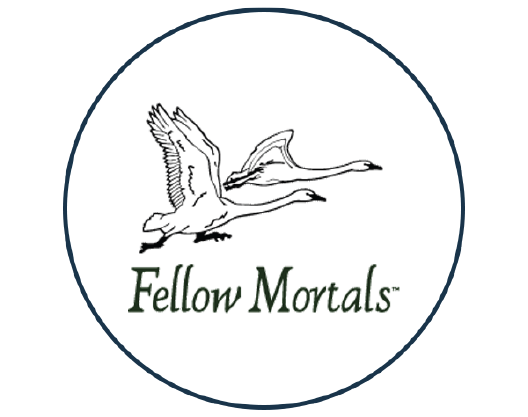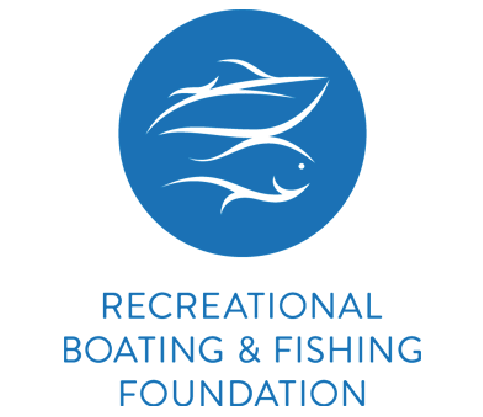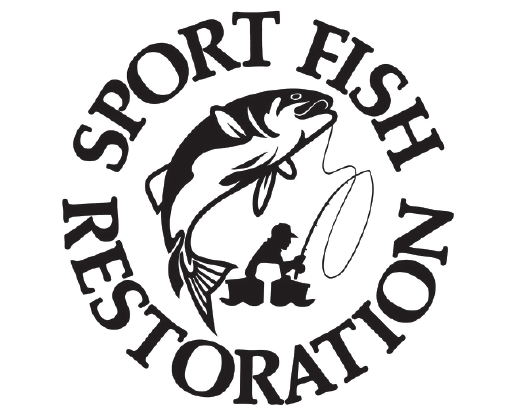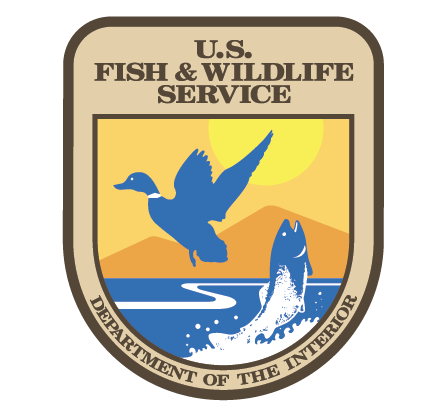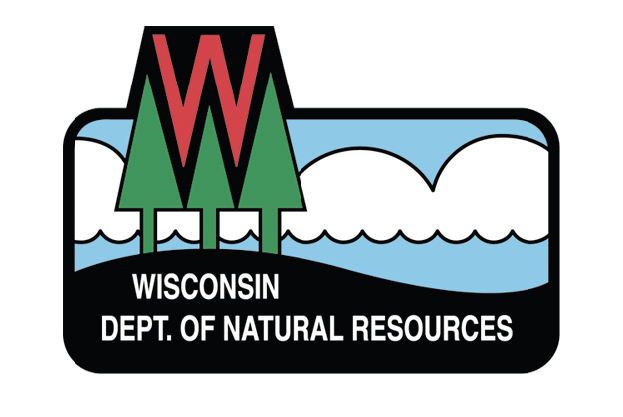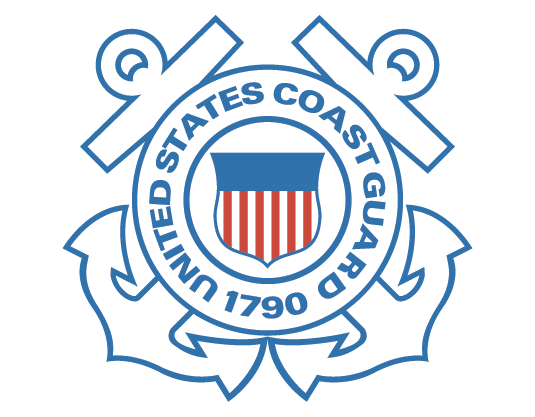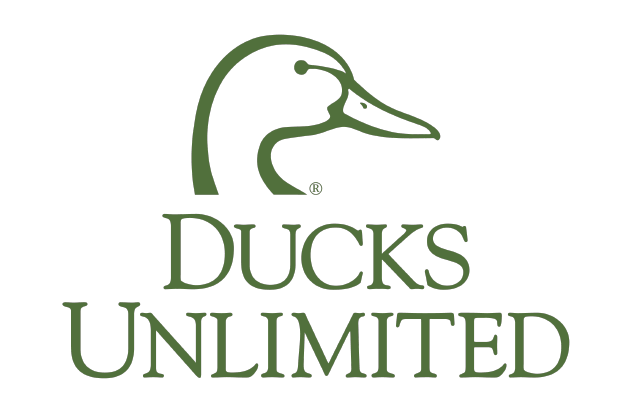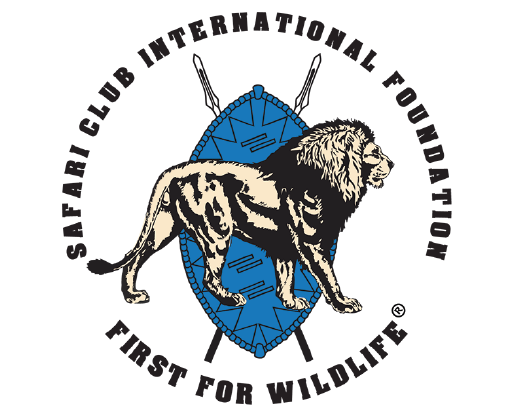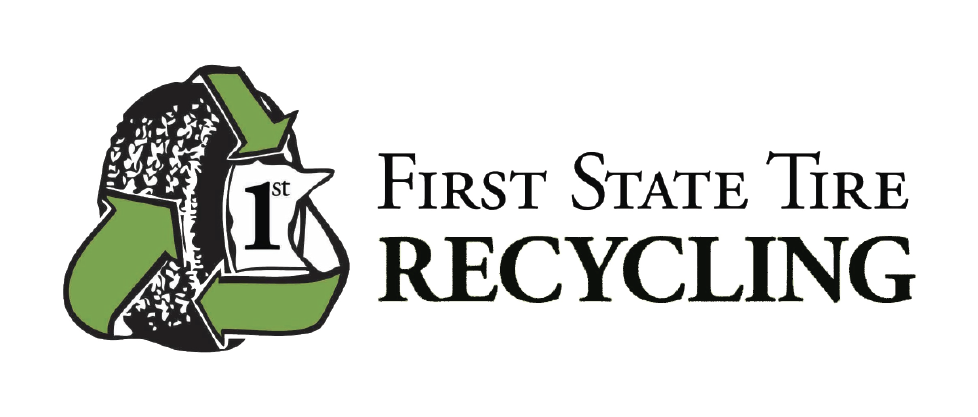Hey, teachers and educators!! Don’t forget to check out the advanced overview for some quick-start birding lessons in your classroom plus the lesson plans below.
Did you know that more than 45 million people in the United States are birders? That means one out of seven people you meet enjoy searching for and identifying these important feathery animals.
Why are birds so important you may ask? Well first of all, they help grow and protect many crops that you eat during your mealtimes. Two thousand bird species and other animals help pollinate 90% of plants and 75% of crops around the world. Birds also eat 20 quadrillion plant-eating insects each year that destroy crops like corn, apples, strawberries, and lettuce. Not only do birds help us eat and grow, but their ability to fly at incredible heights, speeds, and distances inspired us to build airplanes. It is no wonder since the peregrine falcon can dive up to 200 miles per hour while the Ruppel’s griffon vulture can fly 37,000 feet off the ground. That is higher than the world’s tallest mountains, the Himalayan Mountains. Lastly, since birds are sensitive to changes in temperature, moisture, and oxygen in their environmental surroundings, birds can be indicators of climate change. Counting the number of species and individual birds in an area assists scientists in gauging the health of the environment. The higher the variety and amount of birds, the better. (of course not in all cases? Could be overpopulation, crowding effects)(scientists may record shifts in nesting or migration behaviors too)
Scientists are now predicting that almost half of our North American birds are at risk of extinction within the next 100 years. Currently, the U.S. Fish and Wildlife Service has listed 90 bird species as endangered, or in other words, near extinction. You may be wondering why so many birds are in trouble. There are multiple reasons accounting for this threat, such as the expansion of cities, pollution, or clearing of forests. However, one of the largest threats to bird survival is habitat loss. Habitats are like your house: they provide food, water, shelter, and space for the bird. And today, birds are losing their homes due to human impacts. For example, humans have converted 290 million acres of native grasslands into agricultural fields within North America. These rolling hills of grasses and flowers are one of the most rapidly disappearing habitats in the western hemisphere and are home to many bird species, such as a “ricebird” called the bobolink. With fewer and fewer grasslands to breed and live in within the last 40 years, our bobolink populations have decreased by 50 percent.
So what can we do to keep or regain habitat for birds? Organizations of people across the country aim to reduce the threat of habitat loss by building sanctuaries or conservancies. These sanctuaries and conservancies are refuges for birds because they protect, manage, and restore habitats that birds depend upon. Thinks of these places as hotels. When birds are in need of a new home, looking for places to find a partner and raise a family, or searching for a place to rest while traveling south for the winter, a bird will ‘check in’ to one of these hotels. Here, a bird may visit family and friends, eat lots of natural food, drink clean water, swim in the pool, and sleep in a safe space. Sounds fun, right?
Additionally, every bird species is unique and requires certain characteristics in their habitat. Therefore, a ‘hotel’ staff must work hard and long to create and maintain a sanctuary or conservancy that provides a vast array of habitats for as many bird and wildlife species as possible. For instance, you may find habitats ranging from tallgrass prairies and oak savannahs to mature hardwood forests and temperate rainforests to open wetlands and coastal beaches in a conservancy or sanctuary.
But sanctuaries and conservancies cannot build themselves. Watch these two videos and learn how avian stewards like you can help sanctuaries and conservancies reach to the skies and create quality habitat for birds.
Our educational partner, American Transmission Company (ATC), supported the video content above. To learn more about their pollinator program, check out the link below. Also, look out for ATC’s new bird identification field guide! Book copies may be purchased at the Bay Beach Wildlife Sanctuary in Greenbay, Wisconsin.
Full Video
Classroom Videos
Bird Sanctuaries
Avian Conservation
